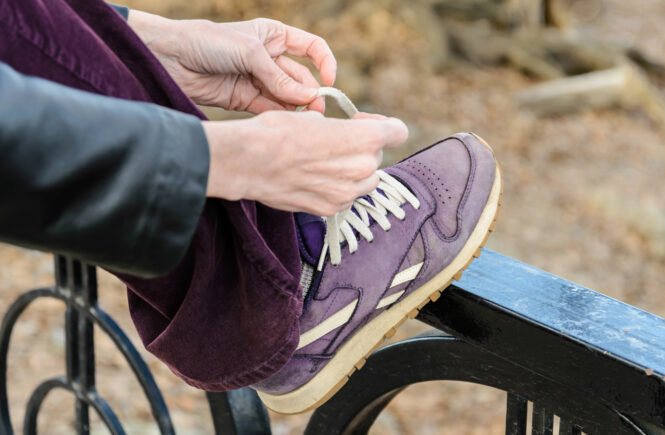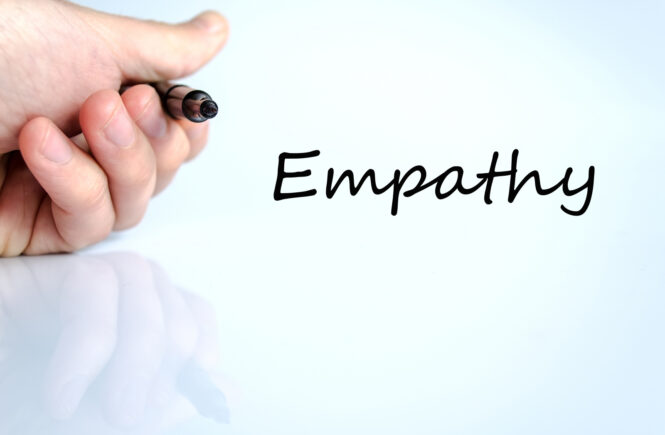There I was; the Vice President of a community hospital standing in a borrowed uniform from the environmental services department. It was dull and dingy and I felt dreary just wearing it. My mentor for the day, “James,” didn’t seem to mind his attire. I followed him for a full 9-hour shift while taking mental notes of improvements that could be made to assist James in his job and create efficiencies for the unit. I had a task list, and was ready to “make things happen.” During our 30-minute lunch, I was reminded of the reason I decided to shadow employees like James. When he talked about the struggles he faced completing certain jobs, and the sadness he carried daily thinking about his sick child. He expressed the guilt of making overtime to meet work demands to help support his family versus spending time with them.
The light bulb went off as my focus shifted and I remembered that shadowing employees wasn’t just about systems, but was about building relationships. I wanted to build trust. I wanted to truly understand their daily struggles on a level where I had to experience them myself. I wanted to know their hearts, why they did the work they did, and what motivated them. I wanted to get inside their thoughts and their hearts. I needed to walk in their shoes to accomplish this.
I continued the practice of shadowing employees in different departments over the next 7 months, squeezing this time into my already overbooked schedule. As the word got out among frontline staff that I was working alongside employees, I began to receive requests from employees requesting me to work with them when I was scheduled for their department. The purpose of the request I learned was that as a senior leader, they desired for me to see firsthand how hard they worked and appreciate their daily efforts, whether it was drawing blood or washing large pots. The employees wanted my admiration for their efforts and to feel valued by leadership as well as other colleagues. Upon reflection, I learned there was a viable lesson to be learned in their request.
No fashionable business suit, no genuine leather heels, no important nametag screaming to the employees that I was one of the C-Suite people in the organization. I traded all this in for hairnets, scrubs, and burgundy over-washed polo shirts. Instead of sitting in strategic leadership meetings, or behind my large, wooden desk I worked alongside employees pushing carts, mopping floors, serving food, drawing blood, and throwing out trash. And there was a lot of trash. In my journey of learning, I felt my heart started to beat more like theirs. My thoughts seemed to be more like theirs and my feet ached like theirs after a long day of manual labor.
I realized how drab and gloomy I felt wearing the uniforms provided to our housekeeping staff. I realized that more fashionable, colorful uniform for the housekeeping staff instead of dark burgundy ones could make a difference in how a person felt about herself. A uniform may appear to be a small thing, but it can make a big difference. More importantly, I gained valuable insight into what it actually meant to be an employee in the hospital I help lead. Learning so much about their daily challenges and struggles, my empathy for their efforts measurably increased. Understanding them on a whole new level created new awareness on the inside and a burning desire to advocate for their needs more aggressively than I had ever before.



